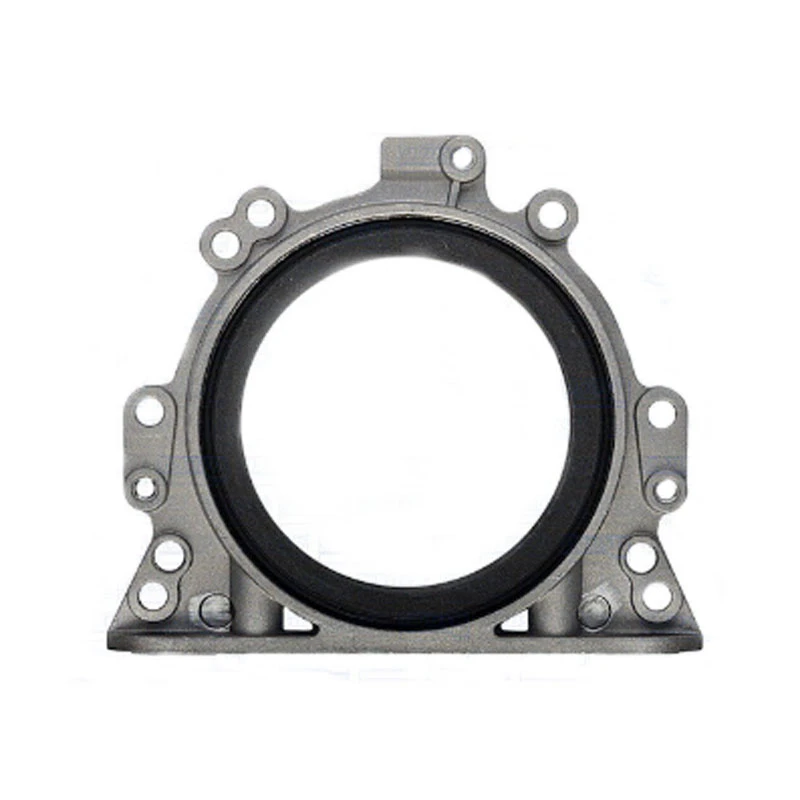Understanding Parker Shaft Seal Applications and Benefits for Various Industries
Understanding Parker Shaft Seals Essential Components for Optimal Performance
In the realm of mechanical engineering and equipment maintenance, the Parker shaft seal stands out as a critical component used across various industries. These seals are designed to prevent the leakage of fluids, thereby ensuring the efficiency and longevity of machinery and equipment. Their significance cannot be overstated, as they play an essential role in achieving optimal performance in diverse applications.
What Are Parker Shaft Seals?
Parker shaft seals, manufactured by Parker Hannifin Corporation—a global leader in motion and control technologies—are designed to provide leakage control for rotating shafts. These seals are typically made from durable materials, including rubber compounds and thermoplastics, which enable them to withstand extreme pressure, temperature variations, and a multitude of chemical environments. The primary function of these seals is to prevent the escape of lubricants or the ingress of contaminants, which is crucial for the smooth operation of rotating machinery.
The Importance of Shaft Seals
Shaft seals are indispensable in a variety of machinery, including pumps, motors, and gearboxes. They help maintain the integrity of lubricants, which are critical for reducing friction between moving parts. When lubricants leak, it can lead to increased wear and tear on components, resulting in costly repairs and unexpected downtime. Therefore, using high-quality seals like those produced by Parker not only enhances operational efficiency but also extends the lifespan of the machinery.
Types of Parker Shaft Seals
Parker offers a diverse range of shaft seals tailored to meet specific needs and application requirements. Some common types include
1. Radial Lip Seals These are commonly used to seal rotating shafts. Their design includes a flexible lip that conforms to the shaft, providing a tight seal while allowing for some movement.
2. Dust Seals Designed to prevent dirt and debris from entering the machinery, these seals work in conjunction with other seals to protect essential components.
3. Hydraulic Seals Used in hydraulic applications, these seals ensure that fluids do not leak from hydraulic systems, maintaining system pressure and efficiency.
Each seal type is engineered for specific operational conditions, ensuring that they can handle the unique demands of varied applications.
parker shaft seal

Selecting the Right Seal
Choosing the appropriate Parker shaft seal for a given application requires an understanding of several factors, including the shaft diameter, operating temperature, pressure levels, and the type of fluid being sealed. Additionally, it’s crucial to consider the expected environment—whether it’s exposure to chemicals, extreme temperature fluctuations, or heavy particulate contamination.
Parker provides detailed specifications and application guidelines to help engineers and maintenance professionals select the right seal for their needs. This ensures optimal performance and minimizes the risk of failure.
Benefits of Parker Shaft Seals
The integration of Parker shaft seals into machinery offers numerous benefits
1. Leak Prevention These seals effectively prevent fluid loss, which is vital for maintaining pressure and ensuring efficient operation.
2. Enhanced Equipment Efficiency By minimizing leakage, these seals help optimize the performance of machinery, resulting in better energy efficiency and productivity.
3. Cost Savings Preventing leaks reduces the need for frequent maintenance and prolongs equipment life, ultimately leading to significant cost savings over time.
4. Versatility With an extensive range of seals available, Parker offers solutions suitable for a wide array of industries, including automotive, aerospace, and manufacturing.
Conclusion
Parker shaft seals are fundamental components in ensuring the efficiency and effectiveness of various mechanical systems. Their ability to prevent leaks, protect sensitive machinery components, and enhance operational performance makes them a vital investment for any industry that relies on rotating shafts. By understanding the importance of these seals and selecting the appropriate type for specific applications, businesses can ensure their equipment operates at peak performance, safeguarding both productivity and profitability.
-
Understanding the Front Main Engine Seal: Purpose, Maintenance, and Installation
News Jul.29,2025
-
Understanding O-Rings and Seal Rings: Types, Applications, and Custom Solutions
News Jul.29,2025
-
Understanding Crankshaft Oil Seals: Rear Seals, Pulley Seals, and Their Role in Engine Integrity
News Jul.29,2025
-
The Importance of Front and Rear Crankshaft Seals in Engine Performance and Oil Management
News Jul.29,2025
-
Crank Oil Seals: Functions, Types, and Cost Considerations in Engine Maintenance
News Jul.29,2025
-
A Comprehensive Guide to O-Rings and Seals: Types, Materials, and Global Applications
News Jul.29,2025
-
Mastering Diesel and Performance Engine Maintenance: A Guide to Critical Oil Gaskets
News Jul.28,2025
Products categories















